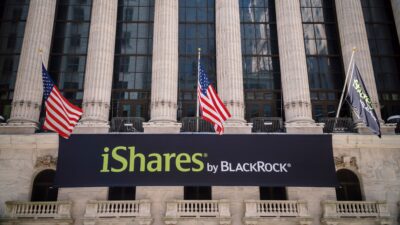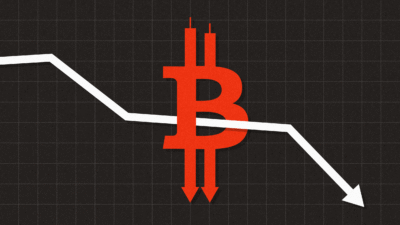Latest 351 Exchange Trick? A $150,000 Minimum
Investors who want in on Alpha Architect’s next 351 exchange ETF no longer need at least $1 million — as long as their account is at Charles Schwab.

Sign up for exclusive news and analysis of the rapidly evolving ETF landscape.
Sometimes less really is more.
In the case of the relatively new world of 351 exchange ETFs, it’s a matter of $1 million or more versus just $150,000. That latter is the new minimum Alpha Architect this week announced for its upcoming US Equity 2 ETF (AAEQ), which is slated to begin trading before the end of the year. But to be more precise, it’s the minimum available to Schwab-custodied accounts. Fidelity clients aren’t so lucky, as the minimum for them is currently $5 million. And it’s generally $1 million for everyone else.
“Because this 351 process is new, some custodians are better at it,” Alpha Architect president Ryan Kirlin said, pointing out that it can take as little as 20 minutes to set up the transfer from Schwab to US Bank, the custodian for the forthcoming ETF. “On other platforms it’s a longer, more arduous process, and therefore we have to move the minimums. It’s a matter of time.”
The Invisible Tax Man
The 351 exchange, which is different from exchange funds, allows investors to move diversified stock holdings to certain ETFs without causing the capital gains to be taxed. Such a move happens before an ETF actually launches, though they remain open to other investors afterward, without the 351 exchange benefit. The strategy has gotten attention from academics and Congress as an alleged tax loophole, though 351s have been picking up steam this year.
For example:
- Alpha Architect’s US Equity ETF (AAUS), which launched in July, represents nearly $500 million.
- Cambria Investment Management, which has launched three 351 exchange ETFs, attracted $150 million for the Global EW ETF (GEW) before it started trading in September. Like Alpha Architect, Cambria has indicated that it intends to decrease investment minimums in the future, to as low as $100,000. Cambria also has a 351 ETF slated to launch in December.
- Lowering the investment minimums so substantially could increase the number of investors who use 351s.
“I have already done one 351 exchange for clients and I am looking at doing more,” said David Haas, owner of Cereus Financial Partners. “It could be very useful if minimums were lowered and if additional fund companies supported it.” Another advisor, Alex Caswell, founder of Wealth Script Advisors, said he has been considering the strategy for some clients, though the rules for 351 exchanges are complicated, and the option is not right for everyone. “This particularly works well for clients that have really messy portfolios as a result of a direct index that is locked up for the purpose of tax loss harvesting,” he said.
Tax or Treat: ETF issuers have to bring a new fund to market every time they plan to do a round of 351 exchanges. But that doesn’t mean the strategies won’t be useful for other investors afterward, Kirlin said. A challenge for AAUS is competing with the likes of the iShares Core S&P 500 ETF (IVV) and Vanguard S&P 500 ETF (VOO) while charging 0.15%, but a selling point of the Alpha Architect fund is that it minimizes dividend payments, he noted. “We do think in time the strategy will be recognized.”











